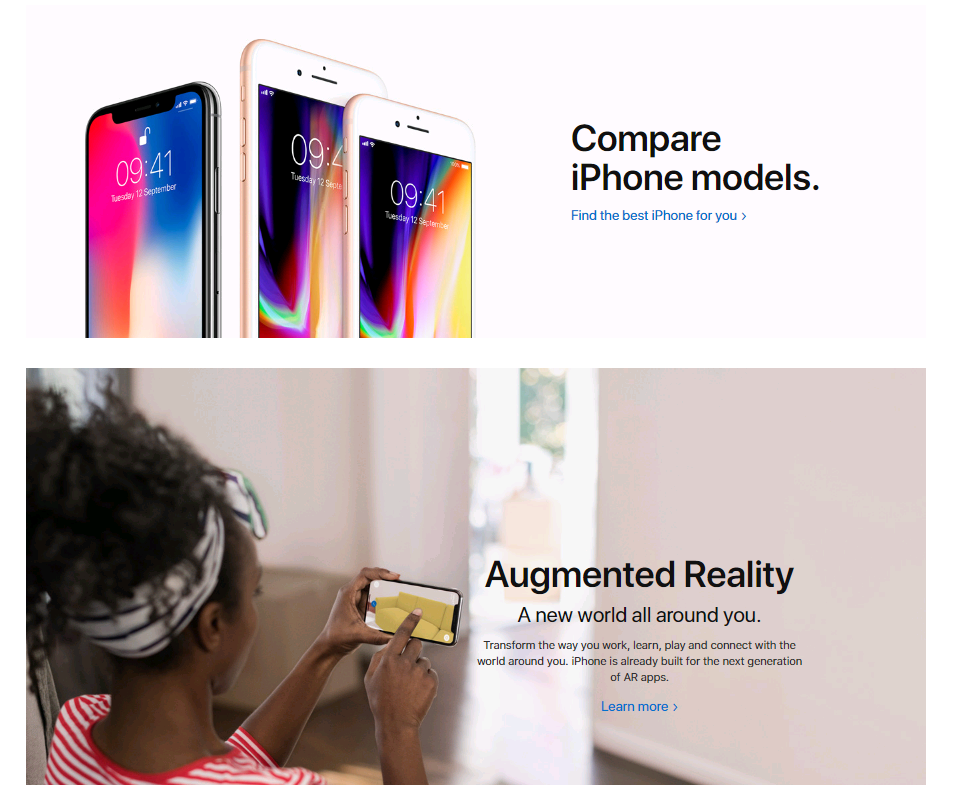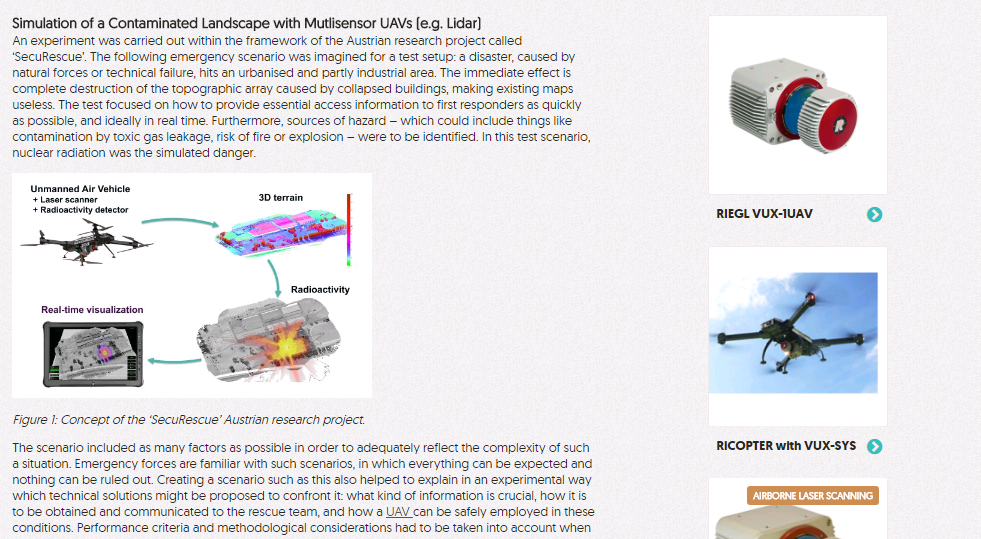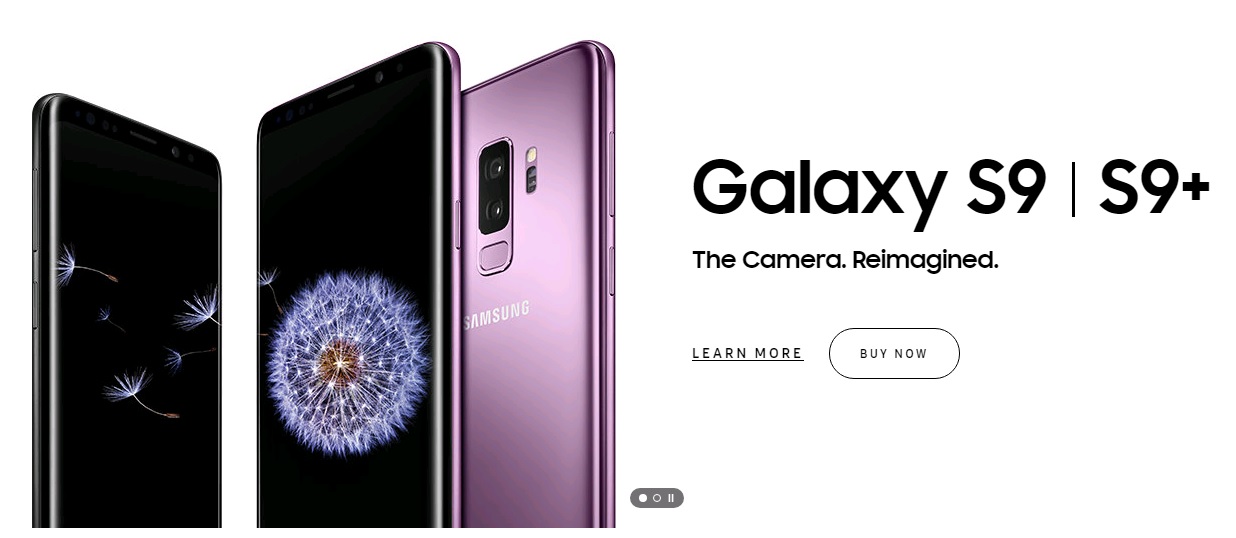Finally! You finished developing your product and are very proud of it. But now comes the next step: how to put your product on the market in the most optimal way? In this article you will find 5 practical tips to promote your product as well as possible.
- Use footage
- Give examples
- Focus on your customer
- Write enthusiastically and understandably
- Show the unique side of your product
Use visual materials
Text isn’t worth much without the use of visuals. Your audience wants to see what product you’re talking about. Create high-quality images and videos that really support your story. Make sure to:
- Provide a high resolution
- Show the product in use
- Provide a clear background that doesn’t distract
- Be consistent in your materials

Apple is a master in the use of visual material. Check out the product page of the iPhone for example!
Give examples
Has your product been on the market for some time or did you already use it in a test case? Describe these footage in inspiring application articles or case studies. Your audience wants to know who you have already helped and,more importantly, how you have helped them! Some practical tips for writing a case study:
- Choose a project that people do not expect, this arouses the interest of your audience more quickly
- Ask your customer to contribute
- Describe the problem as clearly as possible, so that everyone can understand it
- Use images, videos and figures if available
- Interview your customer and use these quotes in your case study

Geo-matching.com is using a lot of case studies. In this example an application of the Riegl VUX-1UAV laser scanner is described.
Focus on your customer
Often press releases result in a standard announcement with a list of some specifications, supplemented with some information about the availability and delivery time. These texts hardly invite people to read, and you can do better!
Phase your message
Make sure to know exactly in which phase your product is and what this means for potential customers. Are you launching a new innovation that nobody is familiar with yet? Or are you promoting a product that has been on the market for years? Both situations need completely different messages. In the latter case the product probably doesn’t need any more introduction, but your target group will be more interested in what exactly has been changed and / or improved. Never write anything without think about what your customer wants to know!
Keep renewing your message
The product lifecycle doesn’t last forever, a new product won’t stay new and an older product will disappear from the market at a given moment. With the life phase of a product, the perception of the customer changes and the message that you have to communicate also changes with it. When your product was launched a year ago, think about whether you still want to brand it as ‘new’ or whether another appellation fits better.
Write enthusiastically and understandably
You have spent weeks, months or even years before the product could finally be launched and put into the market. Logically you are extremely enthusiastic about it, but how do you convey this in the right way?
Less is more
However tempting it is to mention all new features, specifications and benefits extensively, this is often not what your target group wants to read at that moment. Make it easy for your audience and keep it short and concise. Try to use a simple format and point out the things you really want to tell, so your audience can scan the story and read what they find of interest for their selves.
Focus on benefits, not on specifications
Potential customers want to know what your product can do for them, how it will benefit their situation and solve their existing problems. Therefore, do not focus on technical specifications, but focus on the benefits for your customers!
Show the unique side of your product
Your goal is of course to let potential customers actually buy the product, but how do you create this urgency? Communicating your Unique Value Proposition can help with this.

What would be the big advantage of the Samsung Galaxy S9?
Unique Value Proposition (UVP)
In short, a UVP states the main reason why people should buy your product. Often this is used as a brief conclusion or summary of the above. UVPs often consists of three pillars:
- Relevance: how do you improve the situation of the customer?
- Quantified value: which specific advantages does your product offer?
- Differentiation: why should people buy from you instead of your competitor?



